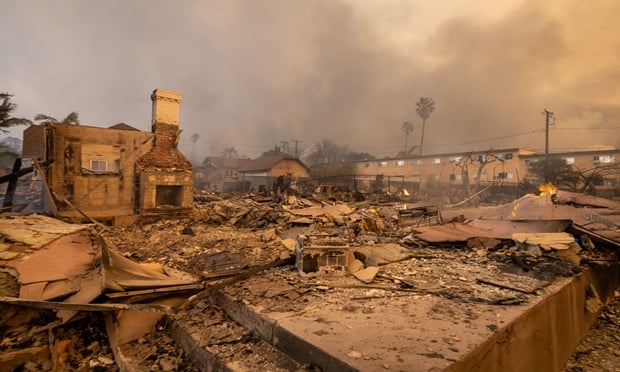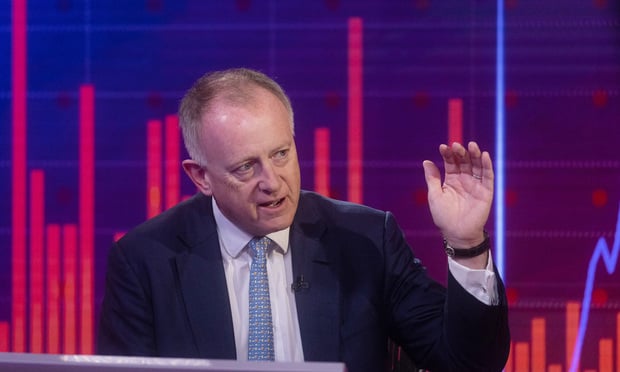Although the damage caused by Hurricanes Katrina and Rita could effectively negate the record profits enjoyed by the insurance industry during the first half of the year, companies should not expect a reactionary hardening of the market similar to the months after the Sept. 11, 2001 terrorist attacks.
"The hurricanes will have a very, very substantial impact," said Robert Hartwig, senior vice president and chief economist at the Insurance Information Institute. "The only question is how much, ultimately."
Taken together, Mr. Hartwig said, the losses from Hurricanes Katrina and Rita "are basically equivalent to every dime of profit the insurance industry hoped to earn," during the first half of the year.
Recommended For You
Want to continue reading?
Become a Free PropertyCasualty360 Digital Reader
Your access to unlimited PropertyCasualty360 content isn’t changing.
Once you are an ALM digital member, you’ll receive:
- Breaking insurance news and analysis, on-site and via our newsletters and custom alerts
- Weekly Insurance Speak podcast featuring exclusive interviews with industry leaders
- Educational webcasts, white papers, and ebooks from industry thought leaders
- Critical converage of the employee benefits and financial advisory markets on our other ALM sites, BenefitsPRO and ThinkAdvisor
Already have an account? Sign In Now
© 2025 ALM Global, LLC, All Rights Reserved. Request academic re-use from www.copyright.com. All other uses, submit a request to [email protected]. For more information visit Asset & Logo Licensing.








